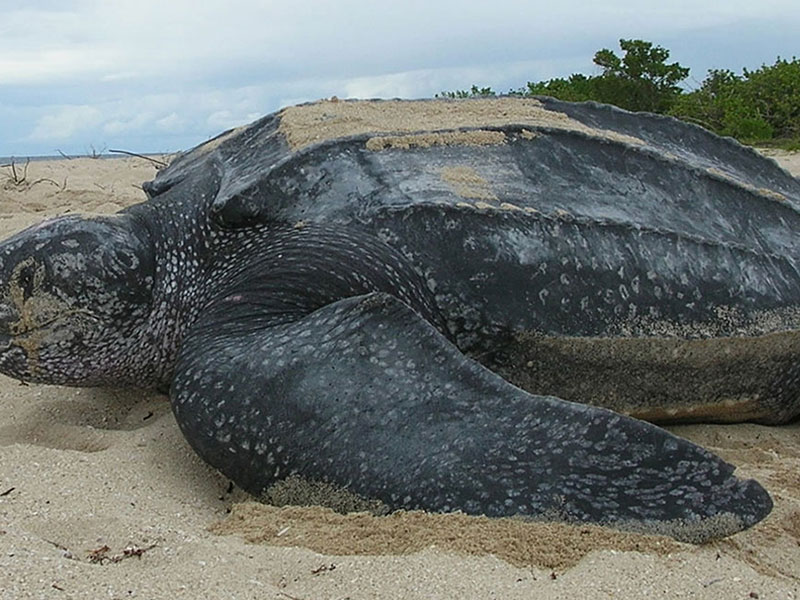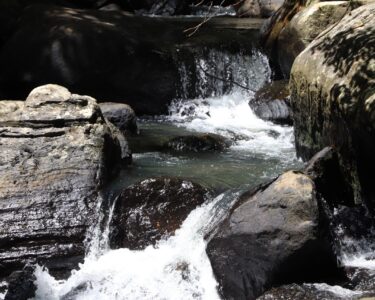turtles in the Kalametiya and Rekawa coastal areas. These large and endangered turtles are known for their epic migrations and are considered one of the seven most iconic wildlife species in the country.
The Wildlife Conservation Department has warned fishing communities to be cautious when operating in these areas as the leatherback turtles are making their way to the beaches to lay eggs. They have also urged the public to contact the department immediately if they encounter any injured turtles.
In a separate incident, wildlife conservators found the carcasses of three huge turtles washed ashore at Wedikanda in Ratmalana. The cause of their deaths is yet to be determined, but it is likely related to the ongoing turtle nesting season.
largest of all living turtles
Leatherback sea turtles are the largest of all living turtles and the fourth-heaviest modern-day reptile. They are known for their unique skin, which is leathery rather than hard like other turtle species. These remarkable creatures undertake some of the longest migrations of any marine animal, traveling thousands of miles between breeding and feeding grounds.
The presence of leatherback sea turtles in Sri Lanka is a welcome sign for conservation efforts, as these endangered species face a number of threats, including habitat loss, poaching, and entanglement in fishing gear.







